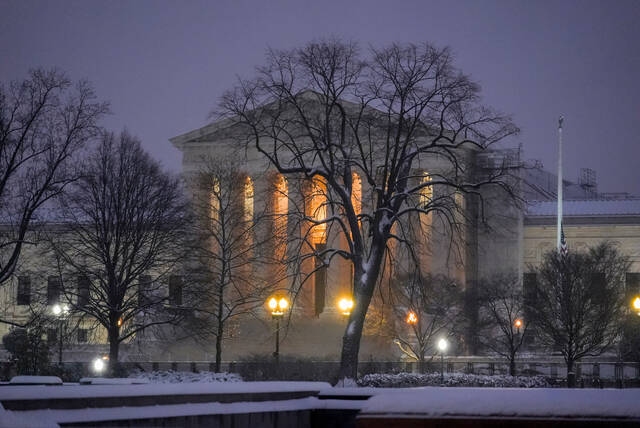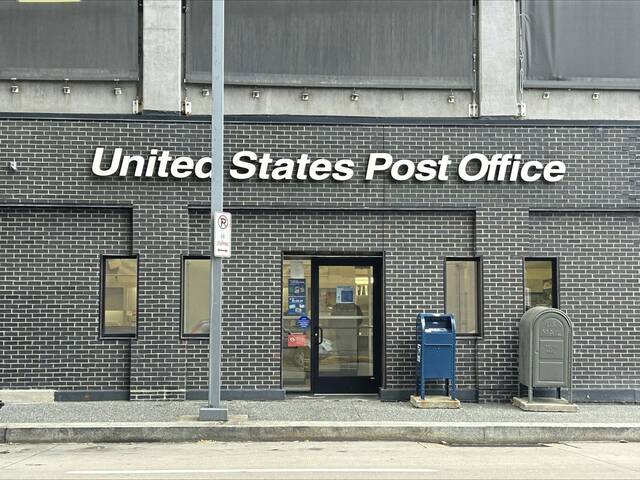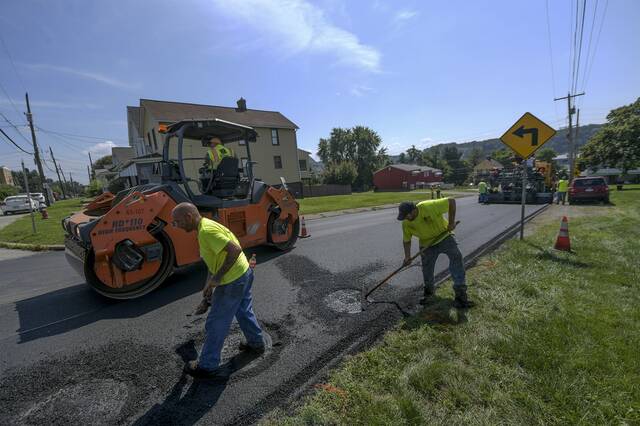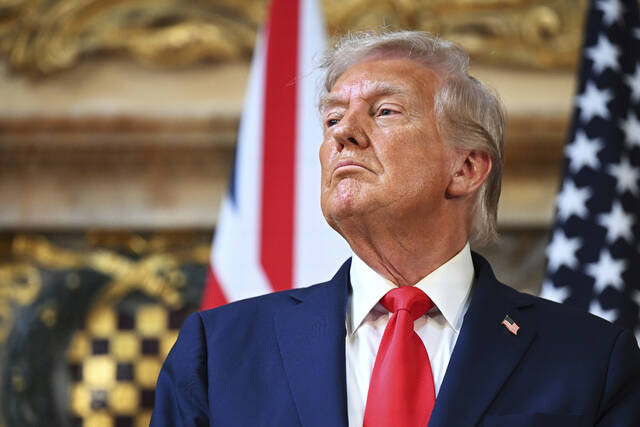Three-card Monte is a con game where the shill pretends to conspire with the mark to cheat the dealer, while in fact the shill is conspiring with the dealer to cheat the mark. In America’s game of Three-card Monte, the citizen-taxpayer is the unfortunate mark.
While many of the issues we face can be complex and interrelated, consider a few general examples to see how the con game is played in real time.
Do you wonder why our everyday commodities have increased in cost? In part, Three-card Monte. As an economic principle, if more dollars are available to purchase a relatively finite amount of goods, prices go up, especially for everyday commodities that the consumer has to buy, such as gasoline and food .
The dealer in this con game of Three-card Monte is the Federal Reserve, which has gone on a U.S. dollar printing binge. The consequence of this con game is that the mark pays ever-increasing diluted dollars for food and basic staples.
In general, each dollar has decreased in its buying power relative to the commodity value, giving the appearance that the commodity costs more. The role of the federal government shill in this con game is to allow the Federal Reserve dealer to play the game and divert the mark’s attention to distractions over partisan political issues.
Do you wonder why interest rates are too low to provide a benefit to save your money? That’s right, Three-card Monte. As an economic principle, maintaining interest rates at historic low levels punishes savers. Once again, the dealer in this con game is the Federal Reserve, which forces the marks to put their money into circulation, to “stimulate” the economy. If the dealer allows the marks to save their money in the form of high interest-bearing savings accounts, money markets or the like, then this money is no longer in circulation. Holding the interest rates at historically low levels provides little incentive for the marks to save.
The role of the federal government shill in this game is again to allow the dealer to play the game and divert the mark’s attention to distractions over partisan political issues. The federal government shill is the largest debtor in the history of the world. It benefits the shill to see interest rates remain low, or the national debt would be even worse. If the marks would recognize an overtly increasing debt, the con game would be exposed and cause the shill to be limited in how much power he could wield and others’ money he could “invest” in the economy with their benevolent social programs.
Who are the main players in today’s Three-card Monte? The dealer is played alternately by the Federal Reserve or the federal government, and the mark always remains the citizen-taxpayer. Unknown to most marks, the Federal Reserve is not a part of our federal government, nor is it run exclusively by American citizens. However, the Federal Reserve has significant control over our country’s monetary policy, perhaps even to a greater extent than the federal government.
The shill — aka the “plant” or “stooge” — is enthusiastically played in many of the con games by our denizens of the beltway, the three “stooges” of political chaos, the House, Senate and president. The shill’s goal is to convince the mark that he/she/it is on their side, while in fact, tacitly or actively colluding with the dealer to con the mark.
Our country’s game of Three-card Monte relies on “we the people” as the marks to remain uninformed and/or divided, and at odds with one another. The dealer and shills are counting on it.
Robert Smith is an environmental scientist and co-owner of a Pittsburgh-area environmental consulting company.








